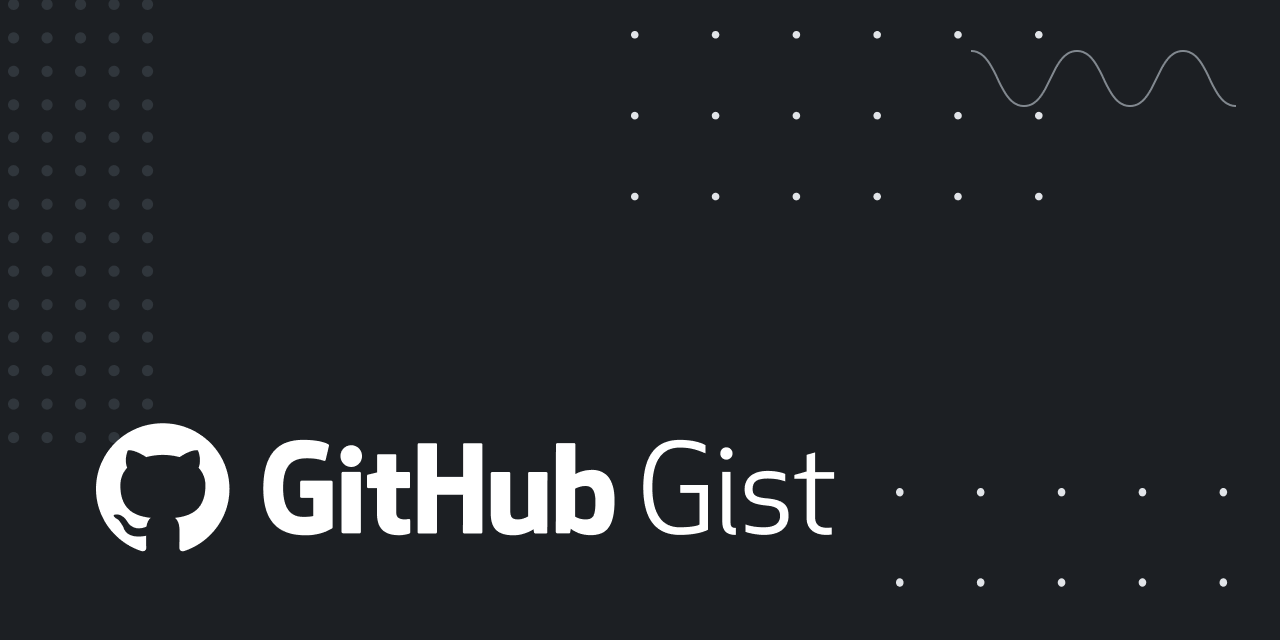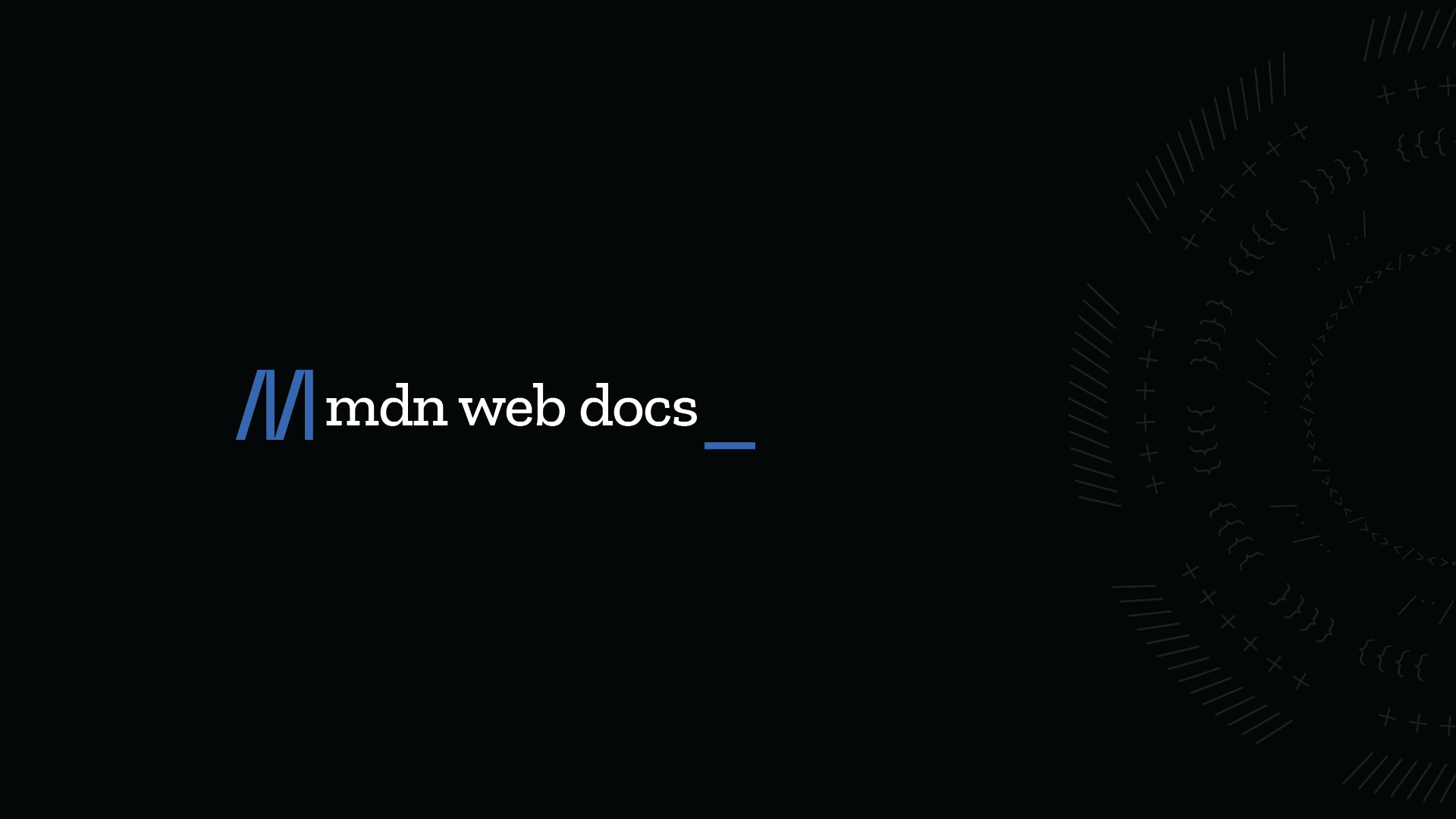Node.js Static File Server: Quick HTTP Guide
Learn how to effortlessly set up a Node.js server to share files over HTTP and create a convenient local web server for development and testing.
Learn how to effortlessly set up a Node.js server to share files over HTTP and create a convenient local web server for development and testing.
This guide will show you how to set up a static file server using Node.js. Two methods will be covered: using the "http-server" package and building a basic server with the built-in "http" module.
There are several ways to create a static file server using Node.js. Here, we'll explore two popular methods: using the http-server package and building a basic server with the built-in http module.
Method 1: Using http-server
Install Node.js and npm: Ensure you have Node.js and npm (Node Package Manager) installed on your system. You can download them from the official Node.js website.
Install http-server: Open your terminal and run the following command:
npm install http-server -gThis installs http-server globally, allowing you to use it from any directory.
http-serverThis starts the server and outputs the URL where your files are accessible, usually http://localhost:8080.
Method 2: Building a Basic Server with the http Module
Create a project directory: Create a new directory for your project and navigate to it in your terminal.
Initialize the project: Run npm init -y to create a package.json file for managing project dependencies.
Install required modules: You'll need the http and fs modules. Install them using:
npm install http fsserver.js) and add the following code:const http = require('http');
const fs = require('fs');
const port = 3000; // Choose your desired port
const server = http.createServer((req, res) => {
const filePath = req.url === '/' ? 'index.html' : req.url;
const fileExtension = filePath.split('.').pop();
const contentTypeMap = {
html: 'text/html',
css: 'text/css',
js: 'text/javascript',
png: 'image/png',
jpg: 'image/jpeg',
};
const contentType = contentTypeMap[fileExtension] || 'text/plain';
fs.readFile(filePath, (err, data) => {
if (err) {
res.writeHead(404);
res.end('File not found');
} else {
res.writeHead(200, { 'Content-Type': contentType });
res.end(data);
}
});
});
server.listen(port, () => {
console.log(`Server listening on port ${port}`);
});Run the server: In your terminal, run node server.js. This starts the server on the specified port (3000 in this example).
Access your files: Open your web browser and visit http://localhost:3000 (or the port you chose). You should see your static files served by the server.
Additional Considerations:
Choosing the Right Method:
Remember to choose the method that best suits your specific requirements and project complexity.
This Node.js code creates a simple HTTP server that serves static files (HTML, CSS, JavaScript, images, etc.) based on the requested URL. It handles file requests, determines content types, reads files from the file system, and sends responses to the client. The server listens on port 3000 and provides basic error handling for file not found (404) and server errors (500).
const http = require('http');
const fs = require('fs');
const port = 3000; // You can customize the port
http.createServer((request, response) => {
// Handle file requests based on URL
let filePath = '.' + request.url;
if (filePath === './') {
filePath = './index.html'; // Serve index.html for the root
}
// Determine content type based on file extension
const extname = String(path.extname(filePath)).toLowerCase();
const mimeTypes = {
'.html': 'text/html',
'.js': 'text/javascript',
'.css': 'text/css',
'.json': 'application/json',
'.png': 'image/png',
'.jpg': 'image/jpg',
'.gif': 'image/gif',
};
const contentType = mimeTypes[extname] || 'application/octet-stream';
// Read and serve the requested file
fs.readFile(filePath, (error, content) => {
if (error) {
if (error.code === 'ENOENT') {
// File not found
response.writeHead(404, { 'Content-Type': 'text/html' });
response.end('<h1>404 Not Found</h1>', 'utf-8');
} else {
// Server error
response.writeHead(500);
response.end(`Sorry, check with the site admin for error: ${error.code} ..\n`);
}
} else {
// Serve the file
response.writeHead(200, { 'Content-Type': contentType });
response.end(content, 'utf-8');
}
});
}).listen(port);
console.log(`Server running at http://localhost:${port}`);Explanation:
Import Modules: We import the http module to create the server and the fs module for file system operations.
Set Port: We define the port on which the server will listen (you can change this).
Create Server: We use http.createServer to create a server instance. The callback function handles incoming requests and responses.
File Path: We construct the file path based on the requested URL. If the URL is /, we serve index.html.
Content Type: We determine the appropriate content type based on the file extension using a mimeTypes object.
Read File: We use fs.readFile to read the requested file.
Error Handling: If there's an error reading the file (e.g., file not found), we send a 404 or 500 error response.
Serve File: If the file is read successfully, we set the content type header and send the file content as the response.
Start Server: We start the server using server.listen and log a message to the console.
To use this code:
.js file (e.g., server.js).node server.js.http://localhost:3000.Enhancing Security:
validator or express-validator to sanitize inputs.passport or express-session.Performance Optimization:
node-cache or memory-cache can be helpful.compression in Express.Advanced Features:
multer or formidable.socket.io) to enable real-time communication between the server and clients.pug or handlebars to dynamically generate HTML content.Deployment Considerations:
pm2 or forever to ensure your server stays running and automatically restarts in case of crashes.Choosing the Right Tools:
Remember:
By following these additional notes and exploring the suggested tools and techniques, you can build robust and efficient static file servers with Node.js to meet your specific needs.
| Method | Description | Steps | Advantages | Disadvantages |
|---|---|---|---|---|
| Using http-server | Quick and easy solution using a pre-built package. | 1. Install Node.js and npm. 2. Install http-server globally. 3. Navigate to your files and run http-server. |
- Simple and fast setup. - No coding required. | - Limited customization options. - Less control over server behavior. |
| Building a Basic Server with the http Module | More flexible approach using Node.js' built-in modules. | 1. Create a project directory and initialize it. 2. Install http and fs modules. 3. Create a server file with Node.js code. 4. Run the server using node server.js. |
- Greater control and customization. - Ability to add features as needed. | - Requires coding knowledge. - More complex setup. |
In conclusion, setting up a static file server with Node.js offers flexibility and control over serving web content. Whether you choose the simplicity of the http-server package or the customization of a custom-built server using the http module, Node.js provides efficient solutions for delivering static files. Consider factors such as project complexity, desired features, and your comfort level with coding when selecting the most suitable method. Remember to prioritize security measures and performance optimization techniques to ensure a robust and efficient server environment. By leveraging the power of Node.js, you can effectively serve your static web content and create a seamless user experience.
 Node.js quick file server (static files over HTTP) using es6+ · GitHub | Node.js quick file server (static files over HTTP) using es6+ - static_server.js
Node.js quick file server (static files over HTTP) using es6+ · GitHub | Node.js quick file server (static files over HTTP) using es6+ - static_server.js a simple static HTTP server | A simple zero-configuration command-line http server. Latest version: 14.1.1, last published: 2 years ago. Start using http-server in your project by running
a simple static HTTP server | A simple zero-configuration command-line http server. Latest version: 14.1.1, last published: 2 years ago. Start using http-server in your project by running npm i http-server. There are 1217 other projects in the npm registry using http-server. Create a static file server with Node.js - 30 seconds of code | Create your own static file server with Node.js in just 70 lines of code.
Create a static file server with Node.js - 30 seconds of code | Create your own static file server with Node.js in just 70 lines of code. Serving Static Resources in Node.js | ... using Express.js and node-static ... It is easy to serve static files using built-in middleware in Express. ... HTTP static-file server module with built-in caching ...
Serving Static Resources in Node.js | ... using Express.js and node-static ... It is easy to serve static files using built-in middleware in Express. ... HTTP static-file server module with built-in caching ... Node.js server without a framework - Learn web development | MDN | This article provides a simple static file server built with pure Node.js without the use of a framework.
The current state of Node.js is such that almost everything we needed is provided by the inbuilt APIs and just a few lines of code.
Node.js server without a framework - Learn web development | MDN | This article provides a simple static file server built with pure Node.js without the use of a framework.
The current state of Node.js is such that almost everything we needed is provided by the inbuilt APIs and just a few lines of code.